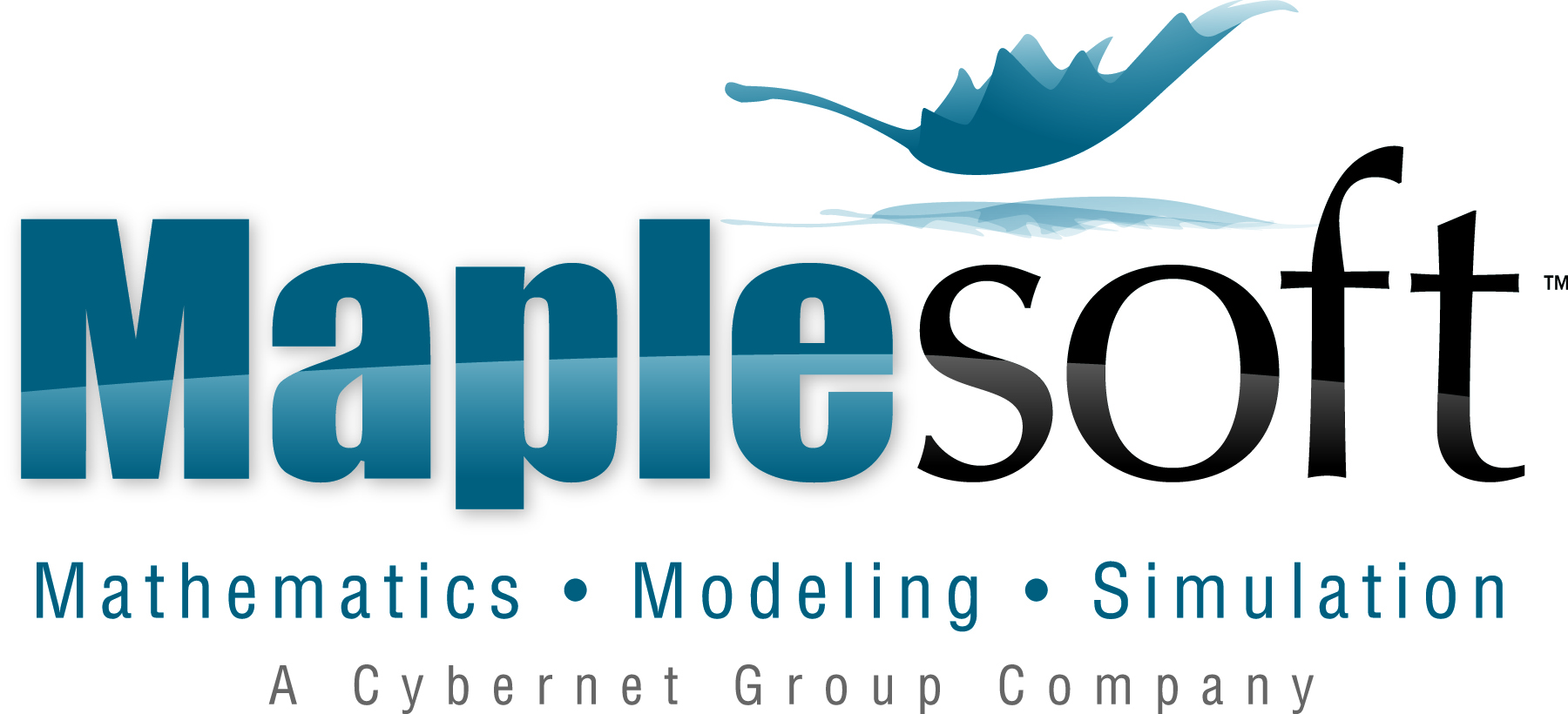2013 CMS Winter Meeting
University of Ottawa, December 6 - 9, 2013
Org: Mehrdad Kalantar, Matthew Kennedy and Matthias Neufang (Carleton)
[PDF]
- YEMON CHOI, University of Saskatchewan
The ZL-amenability constant of a finite group [PDF]
-
A. Azimifard, E. Samei and N. Spronk (JFA, 2009) studied the following question: \emph{for which compact groups $G$ is ${\rm ZL}^1(G)$, the centre of the group algebra, amenable?}
In the case where $G$ is finite, they showed that the amenability constant of ${\rm ZL}^1(G)$, which we denote by ${\rm AM}_{\rm Z}(G)$, is equal to $1$ if and only if $G$ is abelian.
Moreover, if $G$ is a finite non-abelian group, they used a result of D. A. Rider (TAMS, 1973) on norms of central idempotents to show that ${\rm AM}_{\rm Z}(G) \geq 301/300$.
In this talk, after reviewing these results, I will give an outline of some recent work which obtains much better lower bounds on ${\rm AM}_{\rm Z}(G)$ without using Rider's result. The tools used to do this are: some basic character theory, guided by known structure theorems for the class of \emph{just-non-abelian} finite groups; and a simpler exact formula for ${\rm AM}_{\rm Z}(G)$ for groups which have \emph{two character degrees}. This last formula is taken from a joint paper with M. Alaghmandan and E. Samei (CMB, to appear).
- JASON CRANN, Carleton University/University of Lille 1
A new uncertainty principle for unimodular groups [PDF]
-
Heisenberg's celebrated uncertainty principle, concerning measurements of position and momentum, roughly states that a function $f\in L_2(\mathbb{R})$ of norm 1 and its Fourier transform $\hat{f}$ cannot both be highly concentrated. In 1957, Hirschman extended this uncertainty relation to locally compact Abelian groups by using the relative entropy with respect to the Haar measure to quantify the degree of concentration. In this talk, we will extend Hirschman's result to unimodular locally compact groups by invoking the theory of non-commutative $L_p$ spaces and a generalized Hausdorff--Young inequality. Time permitting, we will discuss potential applications, extensions to unimodular Kac algebras, and relations to other uncertainty principles. This is joint work with Mehrdad Kalantar.
- ELCIM ELGUN, Lakehead University
The Eberlein Compactification of the Heisenberg Type Group $\mathbb{Z} \times \mathbb{T} \times \mathbb{T}$ [PDF]
-
Given a locally compact group $G$, the $Eberlein$ $compactification$ $G^{e}$ is the spectrum of the uniform closure of the Fourier-Stieltjes algebra $B(G)$. It is a semitopological semigroup compactification and thus a quotient of the weakly almost periodic compactification of $G$. In this talk we aim to study the Eberlein compactification of the group $\mathbb{Z} \times \mathbb{T} \times \mathbb{T}$ equipped with Heisenberg type multiplication. First, we will see that transitivity properties of the action of $\mathbb{Z} \times \mathbb{T}$ on the central subgroup $\mathbb{T}$ force some aspects of the structure of $(\mathbb{Z} \times \mathbb{T} \times \mathbb{T})^{e}$ to be quite simple. On the other hand, we will observe that the Eberlein compactification of the direct product group $\mathbb{Z} \times \mathbb{T}$ is large with a complicated structure, and can be realized as a quotient of the Eberlein compactification $(\mathbb{Z} \times \mathbb{T} \times \mathbb{T})^{e}$.
- MIROSLAV ENGLIS, Mathematics Institute, Prague and Mathematics Institute, Opava
Arveson-Douglas conjecture and Toeplitz operators [PDF]
-
We~show that if $V$ is a homogeneous submanifold of $\mathbf C^n\setminus\{0\}$ and $\mathcal M$ the subspace in the Drury-Arveson space of all functions that vanish on~$V$, then the commutators $[S_j,S^*_k]$, where $S_j$ is the compression to $\mathcal M$ of the multiplication by the coordinate function~$z_j$, $j=1,\dots,n$, belong to the Schatten $p$-class for all $p>\dim_{\mathbf C}V$.
This settles the ``geometric'' version (in~the terminology of Kennedy and Shalit) of the well-known Arveson-Douglas conjecture, for the case of smooth submanifolds and scalar-valued functions.
The~result also holds for the Hardy and weighted Bergman spaces.
Our~main tool is the theory of Toeplitz operators with pseudodifferential symbols due to Boutet de Monvel and Guillemin.
[Joint work with J\"org Eschmeier, Saarbr\"ucken.]
- FEREIDOUN GHAHRAMANI, University of Manitoba
Approximate amenability of $K(X)$ [PDF]
-
The first example of an approximately amenable non-amenable Banach algebra, given when the notion was introduced by R. J. Loy and I, is \textit{synthetic}. Later, a host of \textit{naturally arising} examples were found amongst sequence algebras, Fourier algebras, and semigroup algebras. The question of existence of a Banach space $X$ for which the Banach algebra $K(X)$ of all the compact operators on $X$ is approximately amenable, non-amenable, was open since the notion was founded in 2000. We answer the question in the affirmative. We also show that there exists an algebra of operators on a Hilbert space that is approximately amenable, non-amenable. This is joint work with Charles Read.
- ZHIGUO HU, University of Windsor
An Eberlein theorem over locally compact quantum groups [PDF]
-
A theorem by W. F. Eberlein shows that every positive definite function on a locally compact group is weakly almost periodic. In this talk, we will extend this theorem of Eberlein to all locally compact quantum groups, and some applications will also be discussed. This is joint work with M. Neufang and Z.-J. Ruan.
- VOLKER RUNDE, University of Alberta
Connes-amenability of $B(G)$ [PDF]
-
We show that the following are equivalent for a locally compact group $G$ and its Fourier--Stieltjes algebra $B(G)$: (i) $B(G)$ is Connes-amenable; (ii) $B(G)$ has a normal, virtual diagonal; (iii) $G$ has an abelian subgroup of finite index.
This is joint work with Faruk Uygul of the American University at Sharja.
- EBRAHIM SAMEI, University of Saskatchewan
Hyperreflexivity constant of the derivation space of Banach algebras [PDF]
-
It is known that the derivation space of various Banach algebras such as amenable C$^*$-algebras and amenable group algebras are hyperreflexive. In this talk, we investigate the best possible hyperreflexivity constant for these spaces. Our work relies on certain approximation for elements in the Fourier algebra of the unit circle vanishing at 0.
This is a joint work with Jafar Soltani Farsani.
- EUGENIU SPINU, University of Alberta
Operator ideals on $C^*$-algebras [PDF]
-
We investigate the ideals of (finitely) strictly singular, inessential, and Dunford-Pettis operators on $C^*$-algebras and their preduals. We identify the classes of $C^*$- and von Neumann algebras for which (some of) these ideals coincide. Also, we present a characterization of strictly singular operators acting on $C^*$-algebras, generalizing a well known commutative result.
- NICO SPRONK, University of Waterloo
On $p$-variations of Fourier algebras [PDF]
-
Let $G$ be a compact group. I will introduce and discuss a family $A^p(G)$
($1\leq p\leq\infty$) of Banach function algebras on $G$. $A^1(G)$ is the
classical Fourier algebra of Kre\u{\i}n, Stinespring or Eymard.
The algebra $A^2(G)$ arose in some computations
of the Forrest, Samei and the author. Through operator space interpolation, each of these
algebras is equipped with an operator space structure with respect to which it is a completely
contractive Banach algebra. I will discuss various functorial properties of these algebras
and talk about some amenability properties. In doing so I will exhibit some exotic convolution
algebras on sequences.
This represents joint work, in progress, with H.H. Lee and E. Samei.
- ROSS STOKKE, University of Winnipeg
Amenability for left dual Banach algebras [PDF]
-
Ghahramani, Loy and Willis have shown that the bidual, $L^1(G)^{**}$, of a group algebra $L^1(G)$ of a locally compact group $G$ is amenable only when $G$ is finite. For dual Banach algebras, Connes-amenability -- a notion of amenability that takes account of the weak$^*$-topology -- is more appropriate than amenability: as just one of many examples, while amenability of a measure algebra $M(G)$ forces $G$ to be discrete, V. Runde has shown that $M(G)$ is Connes amenable exactly when $G$ is an amenable locally compact group. Unfortunately, many Banach algebras that are dual spaces, such as $L^1(G)^{**}$, usually fail to be dual Banach algebras and it therefore does not make sense to consider their Connes amenability.
In this talk, I will introduce a notion of left Connes amenability for left dual Banach algebras over a Banach algebra $A$ and will discuss, for example, a theorem stating that amenability of $G$ is equivalent to left Connes amenability of either $L^1(G)^{**}$ or $LUC(G)^*$, where $LUC(G)$ is the space of left uniformly continuous functions on $G$.
- AMI VISELTER, University of Alberta
Ergodic theory for quantum (semi)groups [PDF]
-
We shall describe a generalization of recent work on aspects of ergodic theory of semigroup actions on von Neumann algebras to the context of quantum semigroups. These results give a Jacobs-de Leeuw-Glicksberg splitting at the von Neumann algebra level.
- DILIAN YANG, University of Windsor
Factoriality and type classification of $\textsf{k}$-graph von Neumann algebras [PDF]
-
Consider a (single vertex) \textsf{k}-graph, and the von Neumann algebra $\mathfrak{M}$ induced from the GNS representation of a distinguished state of its graph C*-algebra. In this talk, we will present some results characterizing when $\mathfrak{M}$ is a factor under certain conditions,
and further determine its type. As an immediate consequence, the case of $\textsf{k}=2$ is completely settled.







